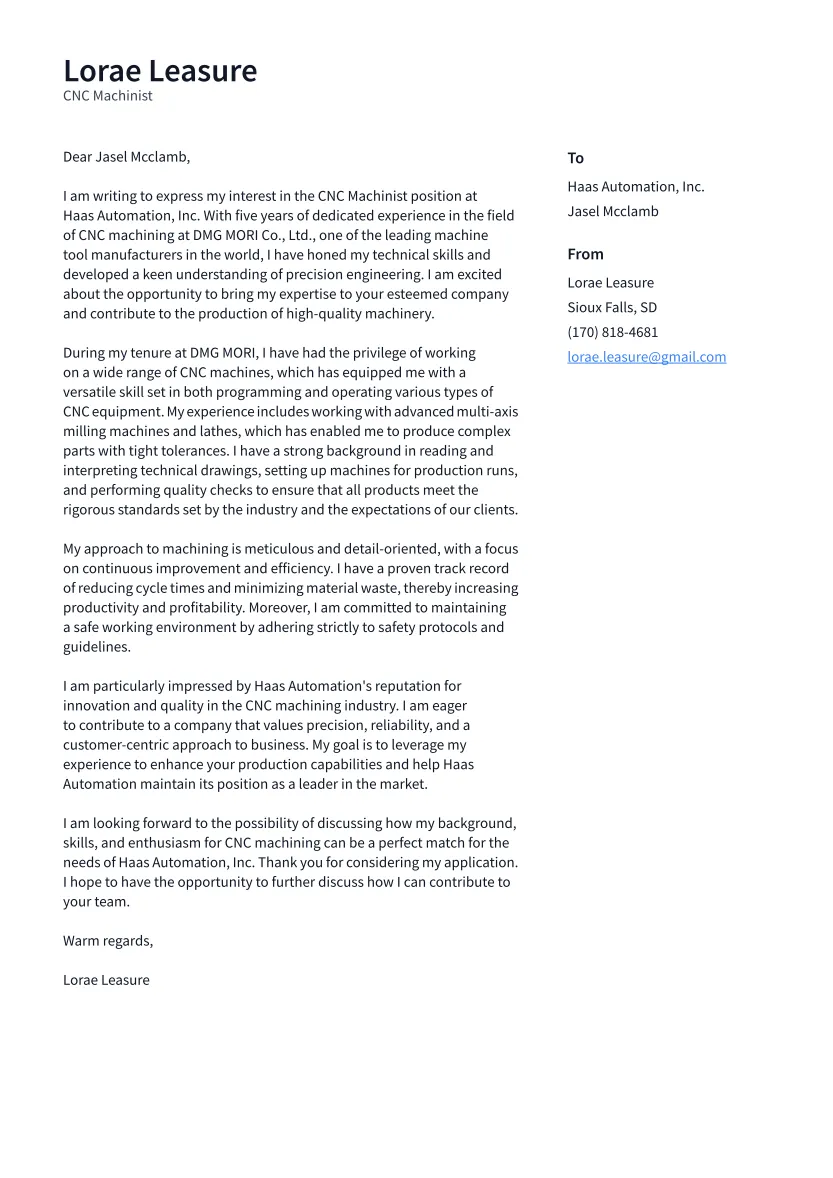What is a Machinist Cover Letter
A machinist cover letter is a crucial document that accompanies your resume when applying for machinist positions. It serves as your introduction to a potential employer, allowing you to showcase your skills, experience, and enthusiasm in a way that a resume alone cannot. Think of it as your personalized sales pitch, designed to highlight why you are the ideal candidate for the job. It gives you the opportunity to elaborate on your qualifications, providing specific examples of your achievements and demonstrating your understanding of the role’s requirements. A well-crafted cover letter can significantly increase your chances of securing an interview, setting you apart from other applicants and making a positive first impression.
Why a Machinist Cover Letter is Important
In the competitive field of machining, a cover letter offers a vital edge. It allows you to personalize your application, demonstrating that you’ve taken the time to understand the specific requirements of the job and the needs of the employer. It’s your chance to elaborate on your resume, providing context and depth to your qualifications. A cover letter allows you to highlight specific skills and experiences that align with the job description, showcasing your value proposition. A well-written cover letter demonstrates your communication skills, attention to detail, and professionalism – all critical attributes for a successful machinist. It’s an opportunity to leave a lasting impression and increase your chances of being selected for an interview. A cover letter is also an indicator of your commitment to the role.
Key Components of a Machinist Cover Letter
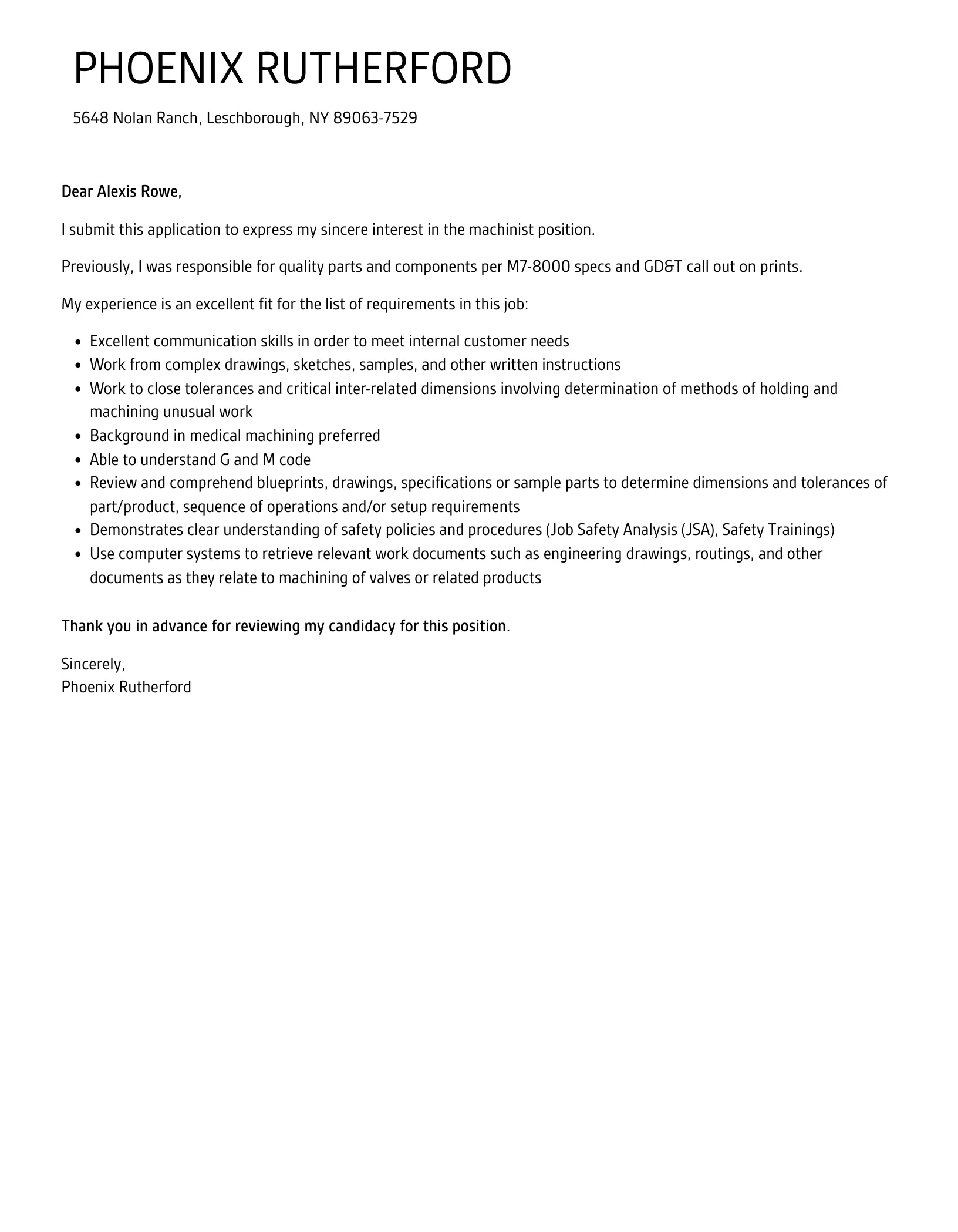
A strong machinist cover letter should include several key components to make a positive impression on a potential employer. These components work together to create a compelling narrative that highlights your suitability for the role. Each element plays a crucial role in showcasing your skills, experience, and enthusiasm. By carefully crafting each part of your cover letter, you can significantly increase your chances of landing an interview and ultimately securing the job.
Your Contact Information
At the top of your cover letter, include your contact information. This should include your full name, phone number, email address, and optionally, your LinkedIn profile URL or a link to your online portfolio. Make sure your contact information is accurate and up-to-date. This ensures the hiring manager can easily reach you to schedule an interview or request further information. Present this information in a clean, easy-to-read format, typically aligned to the left or right side of the page.
The Hiring Manager’s Contact Information
Whenever possible, address your cover letter to a specific person, such as the hiring manager or the person in charge of the machining department. This personalization shows that you’ve taken the initiative to research the company and understand the specific needs of the role. If you can’t find the name of the hiring manager, try to find the title of the person responsible for hiring, then address the cover letter accordingly. This demonstrates attention to detail and a genuine interest in the opportunity.
Professional Greeting
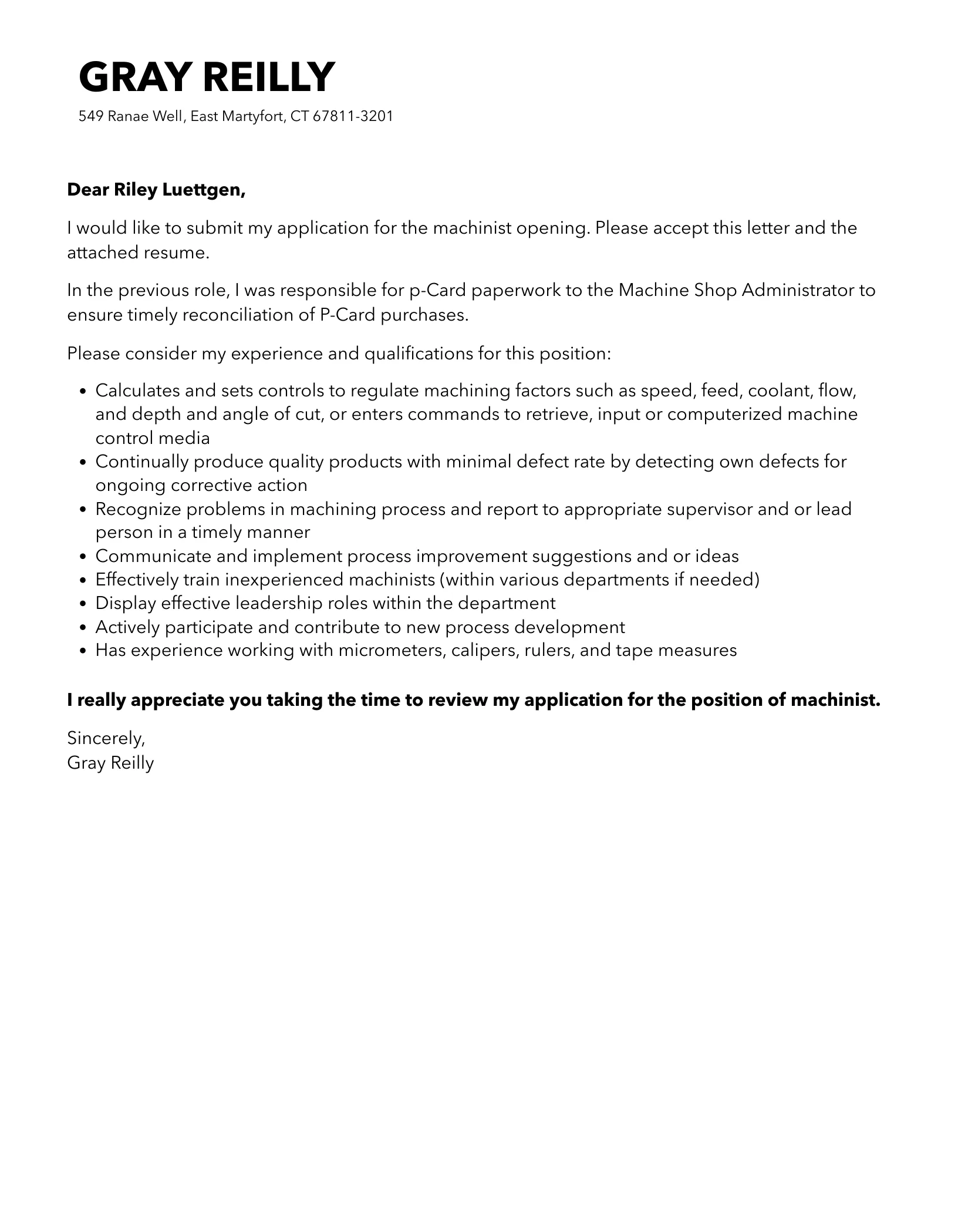
Begin your cover letter with a professional greeting, such as “Dear Mr./Ms. [Last Name]” or “Dear Hiring Manager”. Avoid generic greetings like “To Whom It May Concern.” The salutation sets the tone for your letter. Using the hiring manager’s name adds a personal touch and shows that you’ve done your research. If the name is unavailable, a more general greeting like “Dear Hiring Manager” is appropriate.
How to Start Your Cover Letter
Your opening paragraph should grab the reader’s attention and clearly state the purpose of your letter: to express your interest in the specific machinist position. Mention where you saw the job posting, and briefly highlight your most relevant skills or experience. Start with a strong statement that immediately conveys your enthusiasm and qualifications. Tailor the opening to the specific job, demonstrating that you understand the company’s needs. This will ensure you capture the hiring manager’s attention from the start and set the tone for a compelling application.
Highlighting Your Skills and Experience
The body of your cover letter is where you showcase your skills and experience. Focus on the qualifications most relevant to the job description. Use specific examples to demonstrate your abilities and achievements. Avoid simply restating your resume; instead, elaborate on your accomplishments and how they align with the job’s requirements. The aim is to show the hiring manager that you not only have the necessary skills but also understand how to apply them effectively in a real-world setting. Quantify your achievements whenever possible to provide tangible evidence of your impact.
Machining Skills and Expertise
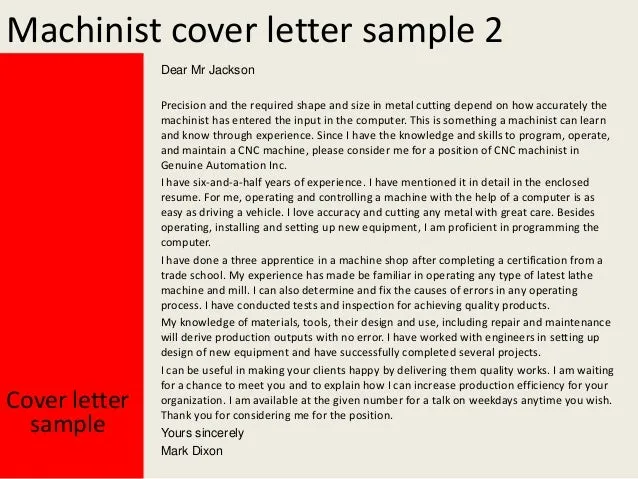
Detail your specific machining skills, such as milling, turning, drilling, and grinding. Mention your proficiency with different materials, like steel, aluminum, and plastics. Include any specializations you possess, like CNC programming, CAD/CAM software, or precision machining. Be specific and provide examples of how you’ve used these skills in the past. Tailor this section to the specific requirements outlined in the job description, emphasizing the skills that are most relevant to the position.
Experience with Various Machines
List the types of machines you have experience with, including manual and CNC machines. Specify the manufacturers and models you’re familiar with. Highlight the tasks you’ve performed on each machine, such as setup, operation, and maintenance. If you have experience with advanced machining techniques or specialized equipment, be sure to mention it. Provide concrete examples that showcase your capabilities with various machines. This demonstrates to employers your versatility.
Relevant Certifications and Training
Mention any relevant certifications or training you’ve completed, such as those related to CNC programming, blueprint reading, or quality control. Provide the name of the certifying organization and the date of completion. If you have participated in any apprenticeships or vocational training programs, be sure to include them. This information demonstrates your commitment to the field and your willingness to invest in your professional development. Certifications and training can also give employers assurance about your technical competency.
Quantifying Achievements in Machining
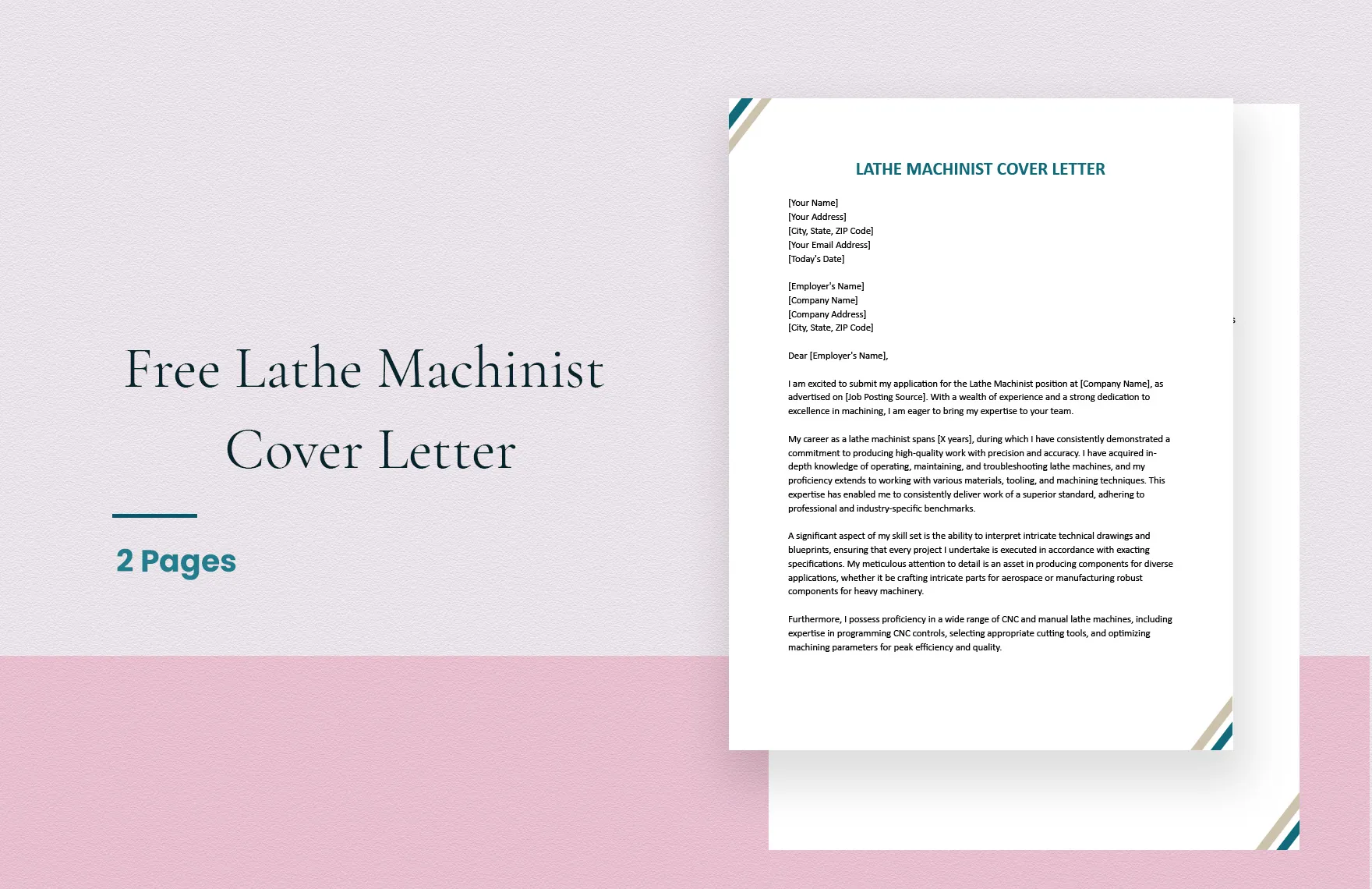
Whenever possible, quantify your accomplishments. Use numbers and data to demonstrate your impact in previous roles. For example, mention how you improved efficiency, reduced errors, or increased output. Show how you’ve contributed to cost savings or improved product quality. Numbers add credibility to your claims and show employers the tangible results of your skills and expertise. Provide specific examples, such as the percentage of time saved in a project or the number of parts produced per hour.
Emphasizing your Problem-Solving Abilities
Machinists are often tasked with solving complex problems. In your cover letter, emphasize your ability to analyze problems, identify solutions, and implement them effectively. Provide specific examples of how you’ve overcome challenges in previous roles. Use this section to demonstrate your critical thinking skills and your ability to work through difficulties. This demonstrates your ability to deal with unexpected situations, showing employers you are a reliable and resourceful employee.
Demonstrate your Ability to Read Blueprints
Reading and interpreting blueprints is a crucial skill for machinists. Showcase your proficiency in this area by mentioning your experience with various blueprint formats, including GD&T (Geometric Dimensioning and Tolerancing). Explain how you’ve used blueprints to accurately produce parts and ensure quality. Mention your experience with specific software used for blueprint analysis. This demonstrates your ability to understand complex designs and specifications.
Showcase attention to detail
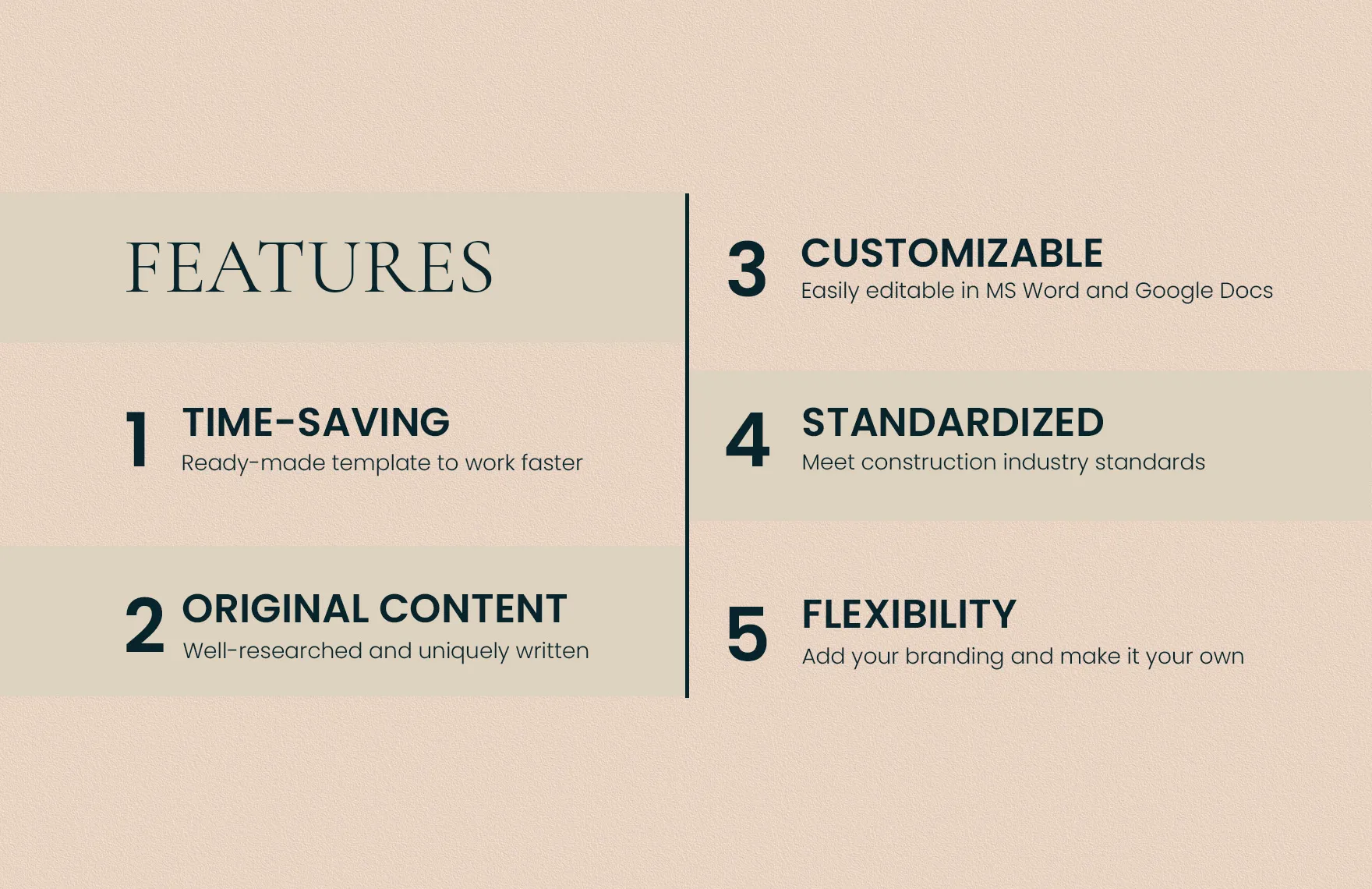
Machining requires meticulous attention to detail. Use your cover letter to demonstrate that you understand this. Provide examples of your ability to maintain accuracy, check measurements, and identify errors. Describe how you maintain a clean and organized workspace. By highlighting your attention to detail, you show the employer that you can produce high-quality work while adhering to precise specifications. Illustrate this through past instances.
Highlight relevant technical skills
List your technical skills, such as proficiency in CAD/CAM software, CNC programming languages (G-code, M-code), and measurement tools (calipers, micrometers). Highlight your experience with different machining processes, such as milling, turning, and grinding. Tailor these skills to the specific requirements outlined in the job description. Being specific about software and processes helps set you apart. Showcase your technical skills to demonstrate your understanding and ability to use the tools needed for the job.
Closing Your Machinist Cover Letter
Your closing paragraph is your final opportunity to leave a positive impression. Reiterate your interest in the position, thank the employer for their time, and include a call to action. This is where you solidify your candidacy and demonstrate enthusiasm. Close on a positive note, expressing your eagerness to discuss your qualifications further.
Expressing Your Enthusiasm

Reiterate your enthusiasm for the position and the company. Briefly summarize why you’re a good fit and what makes you excited about the opportunity. Show that you’ve done your research and understand the company’s mission and values. A genuine expression of enthusiasm can make a lasting impression and demonstrate your dedication. Be specific about what interests you most about the role or the company.
Call to Action
Include a clear call to action, such as stating that you’re looking forward to an interview or that you’re available to discuss your qualifications further. Provide your contact information again, to make it easy for the employer to reach you. Make it easy for the employer to take the next step. This proactive approach shows your eagerness and makes it more likely that you will be contacted.
Proper Formatting and Proofreading
Proper formatting and proofreading are essential to present a professional image. Use a standard font, such as Times New Roman or Arial, and maintain consistent formatting throughout the document. Proofread your cover letter carefully for any grammatical errors, spelling mistakes, or typos. Ensure the layout is clean, and the text is easy to read. A well-formatted and error-free cover letter demonstrates attention to detail and respect for the employer’s time.
